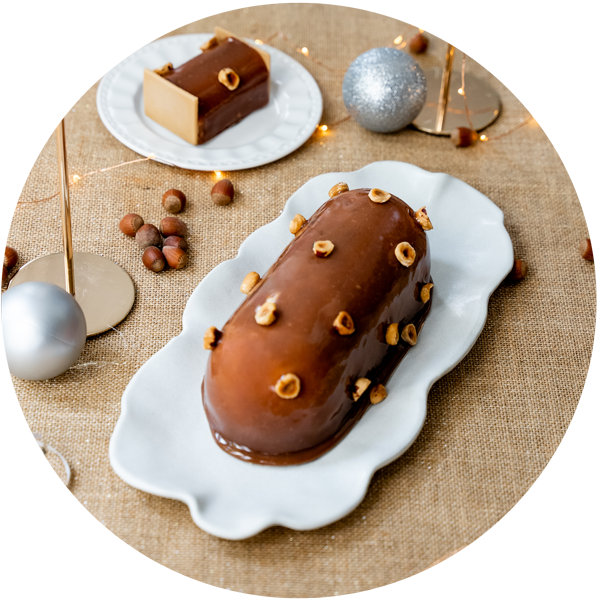The basics of bread-making: kneading, shaping and laminating
The Basics of Breadmaking: Kneading, Shaping, and Scoring
Éric Kayser explains the fundamental principles of breadmaking.
You may have heard of water temperature, hand kneading, shaping, or scoring, but these concepts can seem abstract.
This video was created to help you understand the basics of breadmaking so you can bake your own bread with a crispy crust and a soft, airy crumb.
Baker’s Tools:
Kneading can be done by hand (as shown in this video) or with a mixer.
The home oven.
The electronic scale.
A thermometer, essential for monitoring the temperature of the ingredients and the dough.
Proofing baskets for holding either flour or dough.
A baking stone.
Parchment paper.
A dough scraper.
A bench knife.
The baker’s scoring blade.
And a brush.
The Water Temperature:
First, let’s study a key element of our craft: the temperature of the water (the water that will be added to the flour, natural sourdough starter, fresh baker’s yeast, and salt).
Dough should reach a temperature of around 23-24°C after kneading.
To achieve this, it’s simple:
First, add the room temperature and the flour temperature.
Then subtract this result from 70°C (the target temperature for machine kneading).
This gives you the water temperature to use.
Formula: Room temperature + Flour temperature + Water temperature = 70°C
Note: For hand kneading, the water should be slightly warmer, as hand kneading generates less heat.
Hand Kneading:
A useful tip: always keep the yeast on one side and the salt on the other. Otherwise, the salt will absorb and weaken the yeast.
The technique shown by Éric Kayser should be repeated for about 10 minutes:
“I grab, pull, stretch, and turn a quarter turn.”
Once the dough is nearly unstuck from your work surface, shape it into a smooth ball.
“Can I refrigerate the dough?”
Yes. Once kneaded, let it rest for an hour at room temperature before placing it in the fridge.
Alternatively, let it rest for two hours at room temperature (this is called proofing).
After that, divide the dough into portions, which can then be refrigerated and shaped the next day.
Refrigeration slows down fermentation, allowing it to occur more gradually.
“How do I know if the dough is ready to use?”
Press your finger firmly into the dough.
If it bounces back too quickly, it’s not ready.
If it comes back slowly, it’s ready to be shaped.
If it doesn’t bounce back at all, it’s over-proofed, and you’ll need to start over because the bread won’t rise properly in the oven.
Dividing:
After proofing the dough for two hours with one fold, it’s ready for shaping.
Divide the dough into equal portions. Pre-shape them into balls by folding the edges to the center gently, avoiding deflating the dough.
Let the portions rest for about 30 minutes.
Shaping:
Éric Kayser demonstrates how to shape a simple square loaf, a round loaf, an oval loaf, and a baguette.
Scoring:
After letting your dough rest for 1 hour and 30 minutes, it’s time to score them. Scoring is crucial; it’s the baker’s signature.
After lightly moistening the dough to prevent it from over-expanding in the oven, you can score it in various patterns: a cross, diagonal slashes, or even four cuts depending on the shape of your bread.
Baking:
Now it’s time to bake.
20 minutes for baguettes, 22 minutes for smaller loaves at 230°C.
“Is the bread fully baked?”
When the bread is done, it “sings.” It should crackle as it cools, much like the song of a bird.
To check, tap the bottom of the loaf—it should sound hollow.
Now it’s your turn!
#MaisonKayserAcademy
Join our adult baker training program for a career change.
We also offer the CAP Baker diploma eligible for CPF funding!
Find your distance learning bakery training with Éric Kayser School or contact an advisor at +33 1 46 00 69 03.














